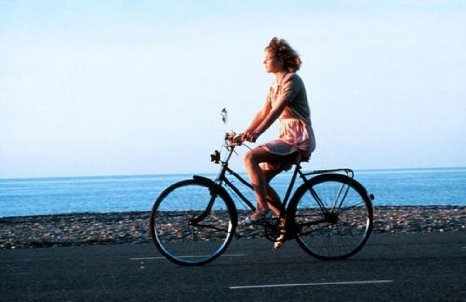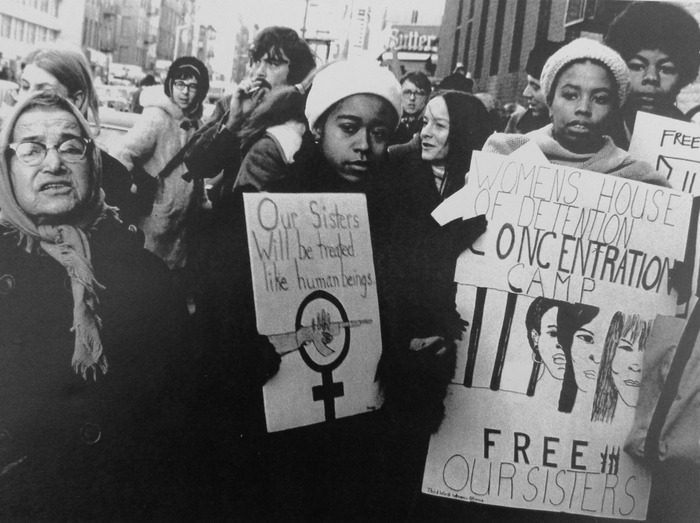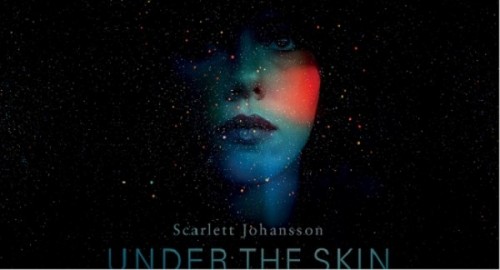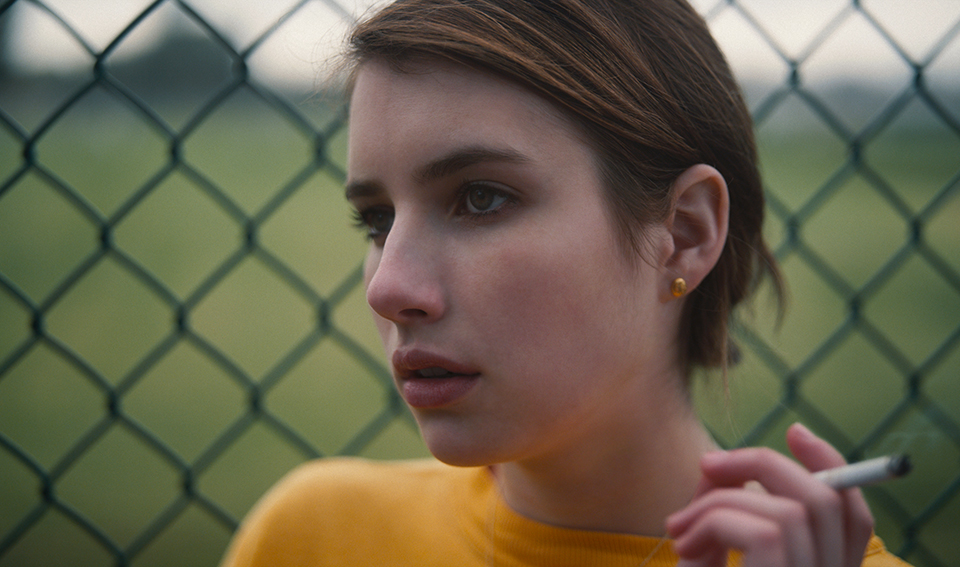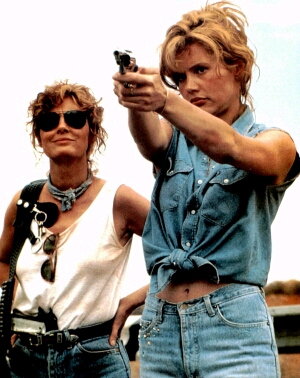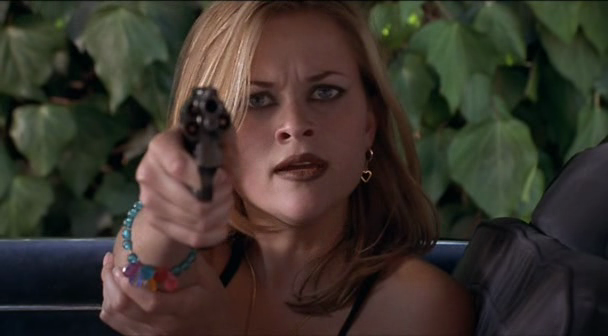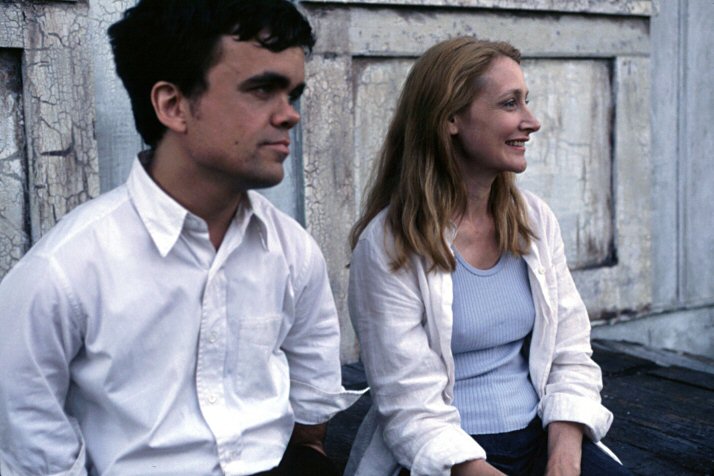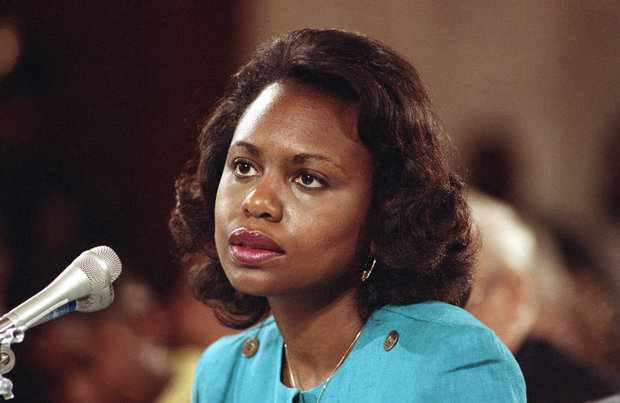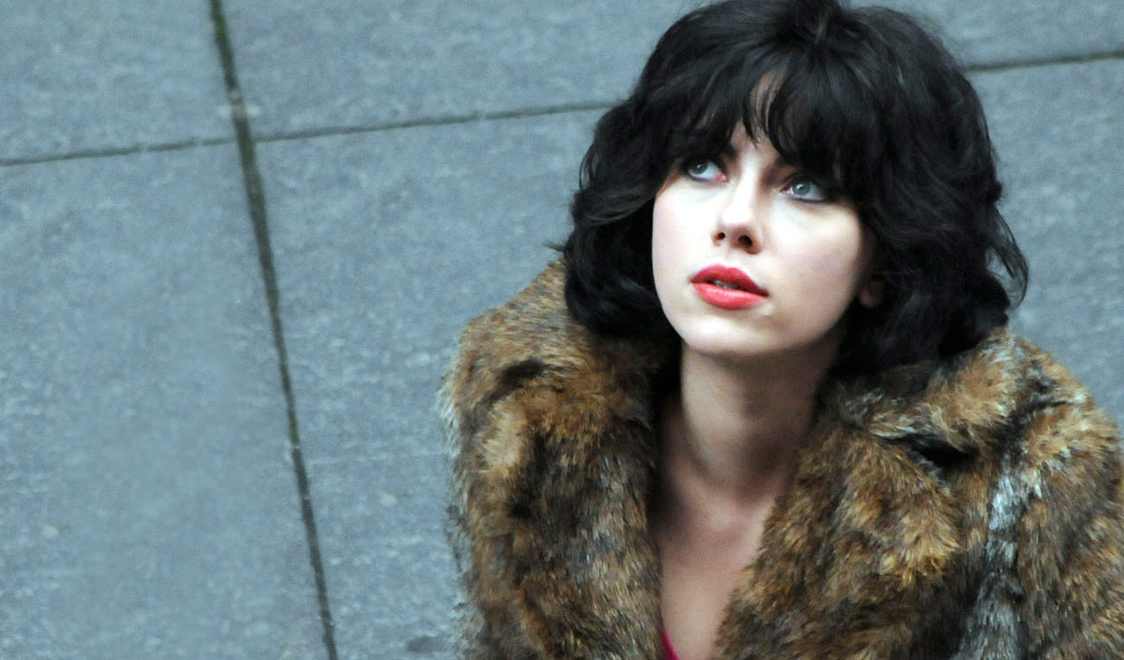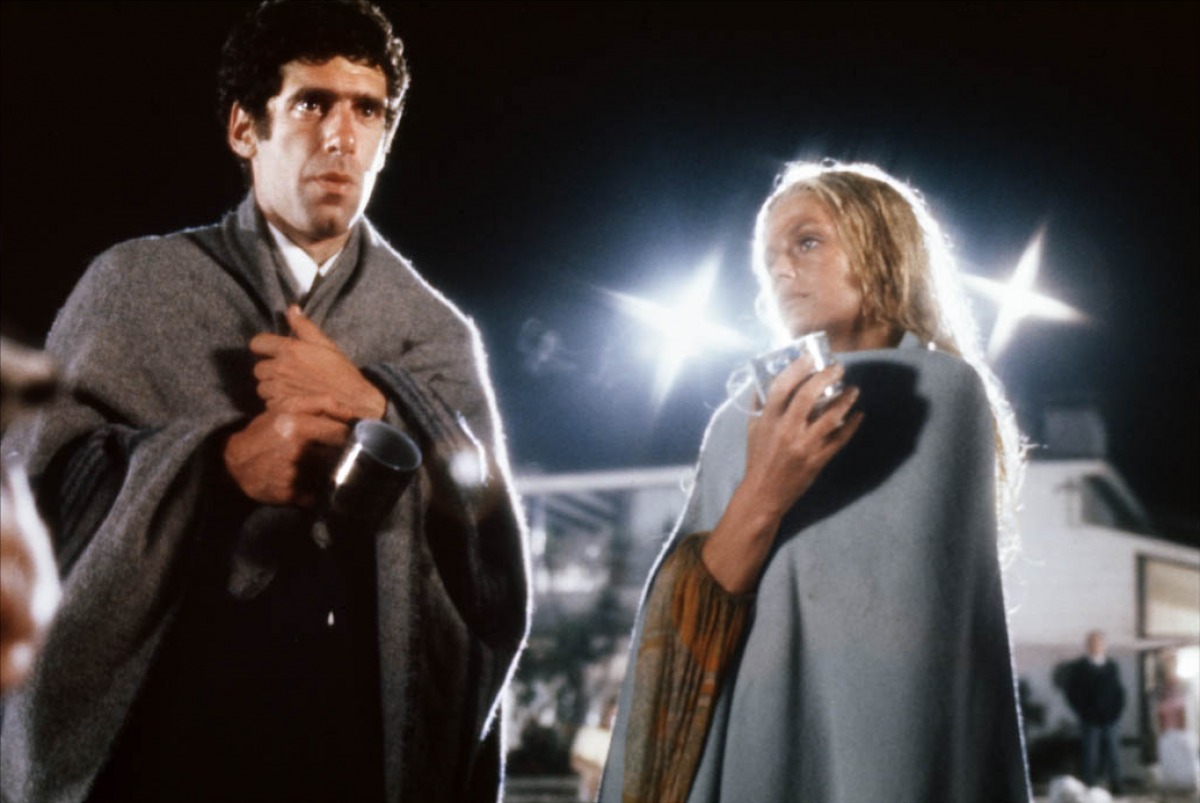‘Wish You Were Here’: Sex and Obscenities by the English Seaside
In the words for women that have no male equivalent–like “bitchy,” “slut,” and “hag”–we can easily discern sexism, but we can also see it in words and phrases that mean something different when applied to men than when applied to women–or when applied to boys rather than girls. A boy who is “acting out” is often a euphemism for a boy who is physically threatening or harming others or (less likely) himself. A girl, especially an adolescent girl, who is said to be “acting out” is sometimes harming herself (and even more rarely harming others), but is more likely behaving in ways that, in a bygone era, would have been called “unladylike” (when no one ever used the word “ungentlemanlike”). She’s loud; she’s crude; she’s inconsiderate–all things girls and even adult women are rarely allowed to be. When she is seeking out her own pleasure she is “acting out sexually,” another phrase with no male equivalent.
